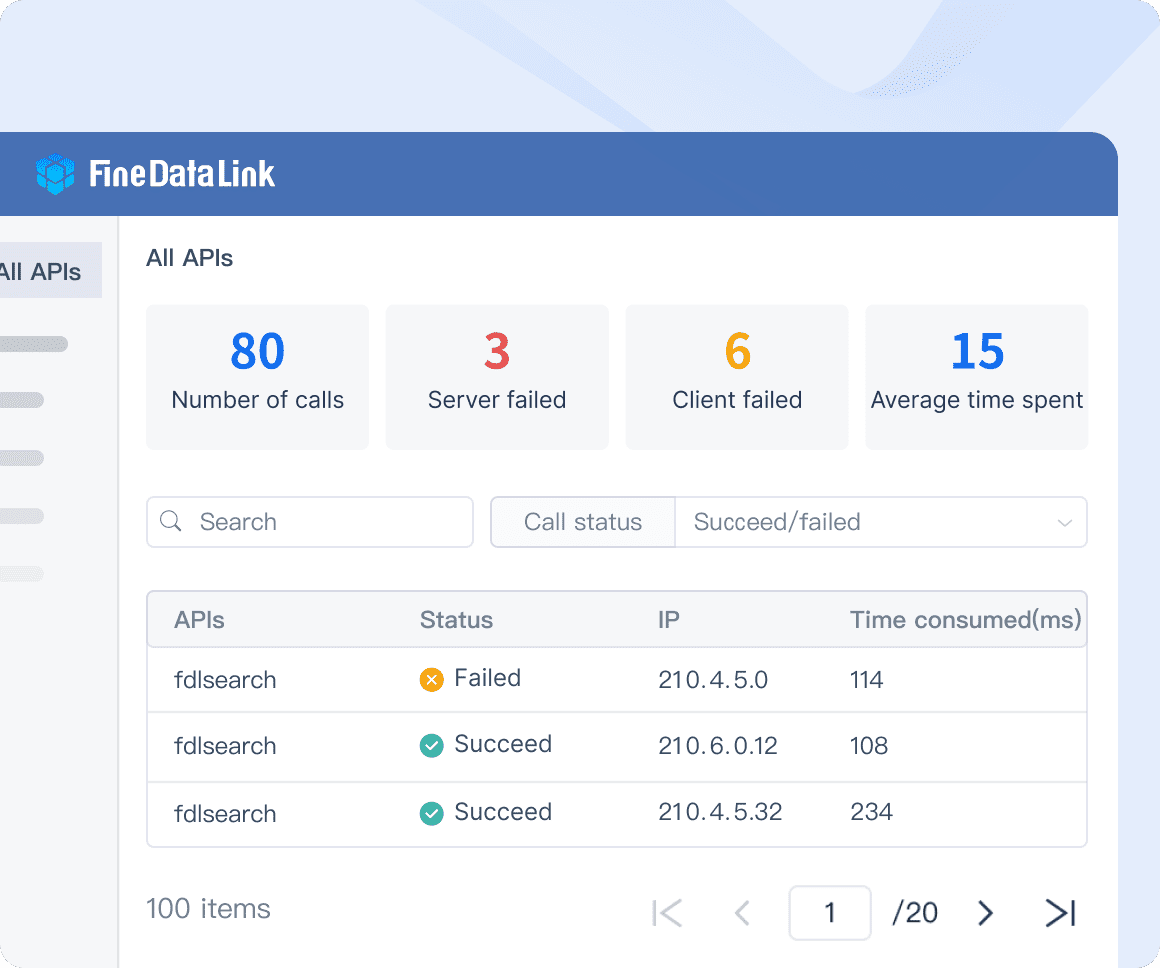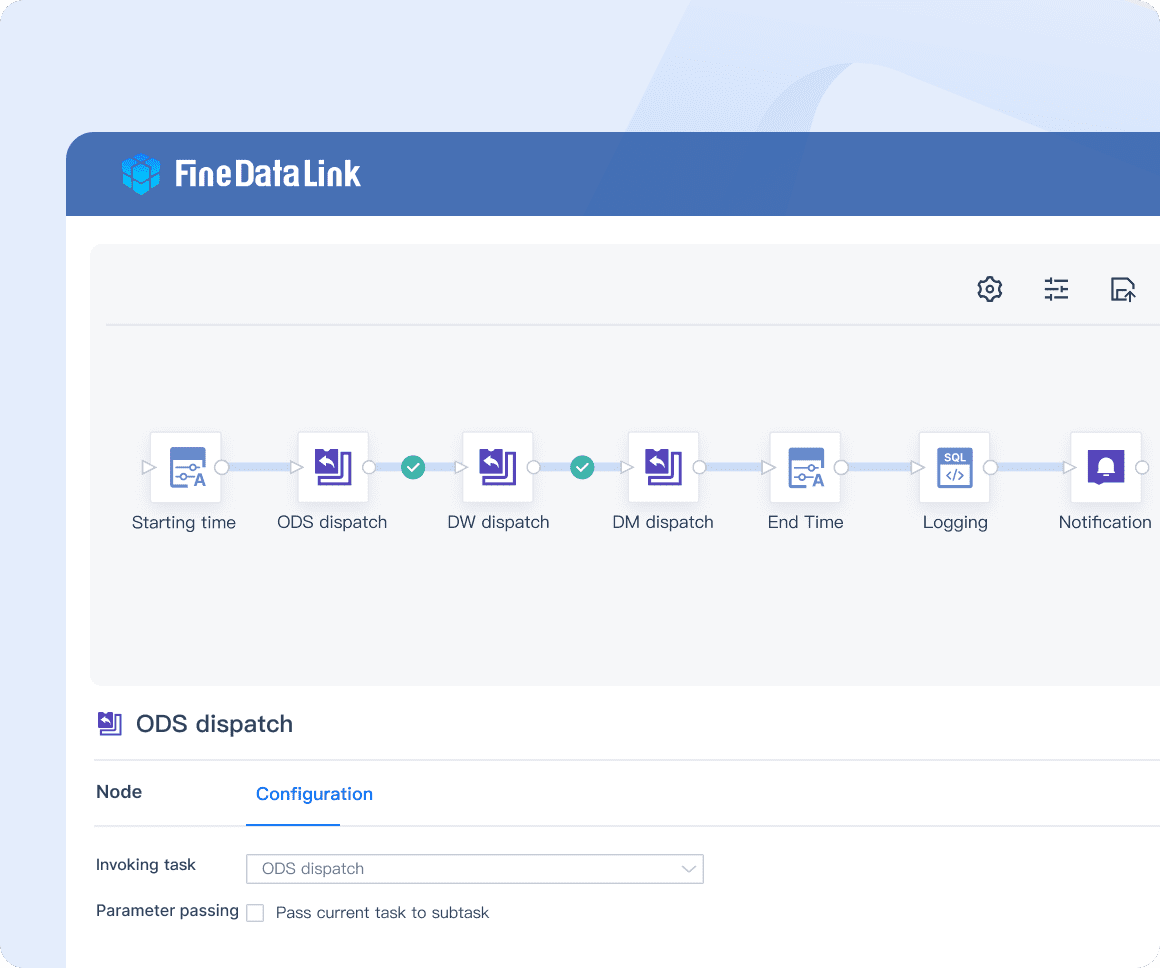API data integration is the vital link between applications, enabling seamless data exchange. Understanding the essence of API data integration is paramount in today's digital landscape. This blog delves into the intricacies of APIs and data integration, shedding light on their significance for modern businesses. Throughout this blog, readers will explore various aspects of API data integration, from its technical details to real-world examples, equipping them with valuable insights to navigate the evolving digital realm.
Understanding API Data Integration
What is an API?
An API, or Application Programming Interface, is a set of rules and protocols that allows different software applications to communicate with each other. APIs define the methods and data formats that applications can use to request and exchange information. They are essential for enabling the integration of different systems and services, allowing them to work together seamlessly.
Definition and basic concepts of API data integration
API data integration involves the seamless exchange of data between disparate applications through APIs. It allows systems to communicate and share information, enabling businesses to streamline operations, enhance decision-making, and improve overall efficiency.
Basic Concepts
Application Programming Interface (API):
- An API is a set of rules and protocols that allows different software applications to communicate and interact with each other. It defines the methods and data formats applications can use to request and exchange information.
Data Integration:
- Data integration involves combining data from different sources into a unified view or repository. API data integration specifically focuses on using APIs to access, transform, and load (ETL) data from various systems into a target application or database.
Endpoints:
- In API integration, endpoints refer to the specific URLs or routes provided by an API that applications can use to access its functionalities. Each endpoint typically corresponds to a specific operation (e.g., retrieving data, or updating records).
Data Transformation:
- Data transformation is the process of converting data from its original format to a format suitable for the target system or application. It often involves mapping data fields, converting data types, and applying business rules.
Real-time Integration:
- Real-time integration refers to the ability to synchronize and update data across systems instantaneously or with minimal latency. APIs supporting real-time data integration enable applications to react to data changes promptly.
Batch Processing:
- Batch processing involves handling data in large volumes at scheduled intervals. APIs used for batch data integration can process data updates and transfers in bulk, optimizing performance and resource utilization.
Authentication and Authorization:
- APIs often require authentication mechanisms to ensure secure access. Authentication verifies the identity of users or applications accessing the API, while authorization controls their permissions to perform specific actions.
Benefits of API Data Integration
- Efficiency: Automates data exchange processes, reducing manual effort and operational costs.
- Scalability: Supports handling large volumes of data and growing business needs.
- Flexibility: Enables integration with a wide range of systems and applications, including cloud services and legacy systems.
- Real-time Insights: Provides timely access to accurate data, supporting faster decision-making and responsiveness.
Use Cases
- E-commerce: Integrating customer order data from an online store with a CRM system for sales analysis and customer management.
- Financial Services: Synchronizing transaction data between banking systems and accounting software for real-time financial reporting.
- Healthcare: Connecting patient records from electronic health records (EHR) systems to facilitate coordinated care and medical analytics.
Challenges
- Data Mapping and Transformation: Ensuring compatibility and consistency across different data formats and schemas.
- Security and Compliance: Safeguarding data privacy and ensuring regulatory compliance when sharing sensitive information.
- API Reliability: Managing dependencies on external APIs and handling potential downtime or API version changes.
API data integration plays a crucial role in modern enterprise architecture, enabling organizations to leverage data from diverse sources and systems to drive business growth and innovation. By facilitating seamless connectivity and data exchange, API integration supports the development of agile, data-driven strategies that meet evolving business demands.
Types of APIs (REST, SOAP, etc.)
- Web APIs: These APIs are used to enable communication between web-based applications. They use HTTP/HTTPS protocols and are often RESTful, meaning they follow the principles of Representational State Transfer.
- Library APIs: These APIs allow developers to use the functionality of a specific software library within their applications. For example, a graphics library API might provide functions for drawing shapes and handling images.
- Operating System APIs: These APIs provide access to the functionality of an operating system, allowing applications to interact with the underlying hardware and system services.
- Database APIs: These APIs enable applications to interact with database management systems, allowing for the creation, retrieval, updating, and deletion of data.
What is Data Integration?
In the realm of technology, data integration plays a crucial role in ensuring seamless information flow across systems. It involves combining data from different sources into a unified view, enabling organizations to make informed decisions based on comprehensive insights.
Definition and basic concepts
Data integration revolves around merging diverse datasets from various applications or platforms to create a cohesive information ecosystem. This process eliminates siloed data structures, fostering collaboration and coherence within an organization's digital infrastructure.
Traditional data integration methods
Historically, organizations relied on traditional methods for data integration, such as Extract, Transform, Load (ETL) processes or manual data entry. While effective to some extent, these approaches often proved time-consuming and error-prone when handling large volumes of data.
How API Data Integration Works
The functionality of API data integration hinges on its ability to connect disparate software applications seamlessly. By establishing these connections:
- Organizations can automate workflows by triggering actions across multiple systems.
- Data synchronization ensures that information remains consistent across all integrated platforms.
- Through these mechanisms, API data integration empowers businesses to operate efficiently in today's interconnected digital landscape.
Importance and Benefits of API Data Integration
Streamlining Business Processes of API Data Integration
Automation of workflows: Enhancing operational efficiency through automated processes. API data integration optimizes task execution by automating workflows, reducing manual intervention.
Reducing manual data entry: Minimizing errors and improving data accuracy. By eliminating manual input requirements, API data integration enhances data reliability and consistency.
Enhancing Data Accuracy and Consistency by API Data Integration
Real-time data updates: Ensuring up-to-date information across integrated systems. API data integration enables real-time data synchronization, minimizing discrepancies in datasets.
Minimizing data discrepancies: Improving decision-making with accurate and consistent information. Through seamless connectivity, API data integration mitigates the risk of conflicting or outdated data.
Improving Scalability and Flexibility by API Data Integration
Adapting to changing business needs: Remaining agile in dynamic market environments. API data integration empowers organizations to scale operations efficiently based on evolving requirements.
Integrating with new applications: Expanding connectivity for enhanced functionality. By facilitating interoperability with diverse platforms, API data integration supports the seamless integration of new applications.
Technical Details and Implementation Methods of API Data Integration
API Integration Techniques
Direct API integration
Direct API data integration involves establishing a direct connection between two applications without intermediary software. This method enables seamless data exchange between systems, enhancing operational efficiency and enabling real-time information flow.
Middleware solutions
Utilizing middleware solutions in API data integration streamlines the communication process between applications. By acting as an intermediary layer, middleware facilitates data transformation and ensures compatibility between diverse systems, simplifying the integration process.
Tools and Platforms for API Data Integration
Popular API management tools
Leading organizations leverage API management tools like FineDataLink to streamline their API integration processes. These tools offer comprehensive features for managing APIs effectively, ensuring seamless connectivity across applications.

Transform your data integration experience! Click the banner below to try FineDataLink for free and see how seamless data management can be!
Integration platforms as a service (iPaaS)
Integration platforms as a service (iPaaS) such as FineDataLink provide a centralized solution for API integration. By offering a unified platform for connecting applications and managing APIs, FineDataLink simplifies the implementation of complex integrations.

Transform your data integration experience! Click the banner below to try FineDataLink for free and see how seamless data management can be!
Best Practices for API Data Integration
Ensuring data security
Data security is paramount in API data integration to protect sensitive information during exchanges. Implementing robust encryption protocols and access controls safeguards data integrity and confidentiality throughout the integration process.
Monitoring and maintenance
Continuous monitoring and maintenance are essential practices in API data integration to ensure optimal performance. Regularly monitoring system interactions, identifying potential bottlenecks, and promptly addressing issues enhance the reliability and efficiency of integrated systems.
Challenges and Future Trends of API Data Integration
Common Challenges in API Data Integration
Data privacy and security concerns
Ensuring data privacy and security is a critical challenge in API data integration. Organizations must implement robust encryption protocols and access controls to safeguard sensitive information during data exchanges.
Addressing data privacy regulations such as GDPR and HIPAA adds complexity to API data integration processes. Compliance with these standards is essential to protect user data and maintain trust with stakeholders.
Managing API changes and updates
Managing API changes poses a significant challenge in API data integration. As APIs evolve, organizations must adapt their integration strategies to accommodate new features and functionalities seamlessly.
Updating APIs without disrupting existing integrations requires careful planning and coordination across teams. Effective communication channels are vital to ensure a smooth transition during API updates.
Future Trends in API Data Integration
Increasing use of AI and machine learning
The future of API data integration lies in harnessing the power of artificial intelligence (AI) and machine learning. AI-driven algorithms can automate data mapping, transformation, and synchronization processes, enhancing the efficiency of integrations.
Machine learning models can analyze vast datasets to identify patterns, anomalies, and optimization opportunities within API data integration workflows. This predictive capability enables proactive decision-making for seamless integrations.
Growing importance of real-time data integration
Real-time data integration is poised to become a cornerstone of modern API integrations. Organizations increasingly demand instant access to up-to-date information across systems for agile decision-making and enhanced operational efficiency.
Technologies like event-driven architectures enable real-time processing of data streams, ensuring immediate updates across integrated applications. This trend towards real-time capabilities underscores the need for agile API integrations in dynamic business environments.
API data integration serves as a strategic tool for businesses navigating the digital landscape, optimizing workflows, and fostering innovation. The seamless flow of data facilitated by API-driven integration enhances operational efficiency and information quality. Embracing API data integration is not just a choice but a necessity for organizations aiming to thrive in the dynamic market environment.
FineDataLink, as a modern and scalable data integration solution, plays a pivotal role in achieving these objectives. With its capabilities in real-time data synchronization, ETL/ELT processes, and robust API connectivity, FineDataLink empowers businesses to streamline data workflows across disparate systems. It addresses common challenges such as data silos, complex formats, and manual processes, ensuring data accuracy and efficiency.
By leveraging FineDataLink, organizations can unlock the full potential of API data integration to propel their business toward success. Whether optimizing operations, enhancing decision-making with real-time insights, or ensuring seamless connectivity across platforms, FineDataLink provides the necessary tools to transform data integration into a strategic advantage. Explore the realm of API data integration further with FineDataLink and discover how it can drive innovation and competitiveness in your organization!
Continue Reading about Data Integration
Essential Data Integration: A Beginner's Guide
Top Data Integration Tools: 2025 Guide
Top 10 Data Integration Software for 2025
Best Data Integration Platforms to Use in 2025
Enterprise Data Integration: A Comprehensive Guide

The Author
Howard
Data Management Engineer & Data Research Expert at FanRuan
Related Articles

10 Best Data Orchestration Tools for 2025 You Should Know
Compare the best data orchestration tools for 2025 to streamline workflows, boost automation, and improve data integration for your business.
Howard
Nov 28, 2025

10 Best Enterprise ETL Tools for Data Integration
Compare the 10 best enterprise ETL tools for data integration in 2025 to streamline workflows, boost analytics, and support scalable business growth.
Howard
Oct 02, 2025

What is Real Time Data Integration and Why It Matters
Real time data integration connects systems for instant, accurate data access, enabling faster decisions, improved efficiency, and better customer experiences.
Howard
Sep 24, 2025




